Emerging Applications of Photonic Metasurfaces in Advanced Technology Sectors
Dr. Abhijit Biswas
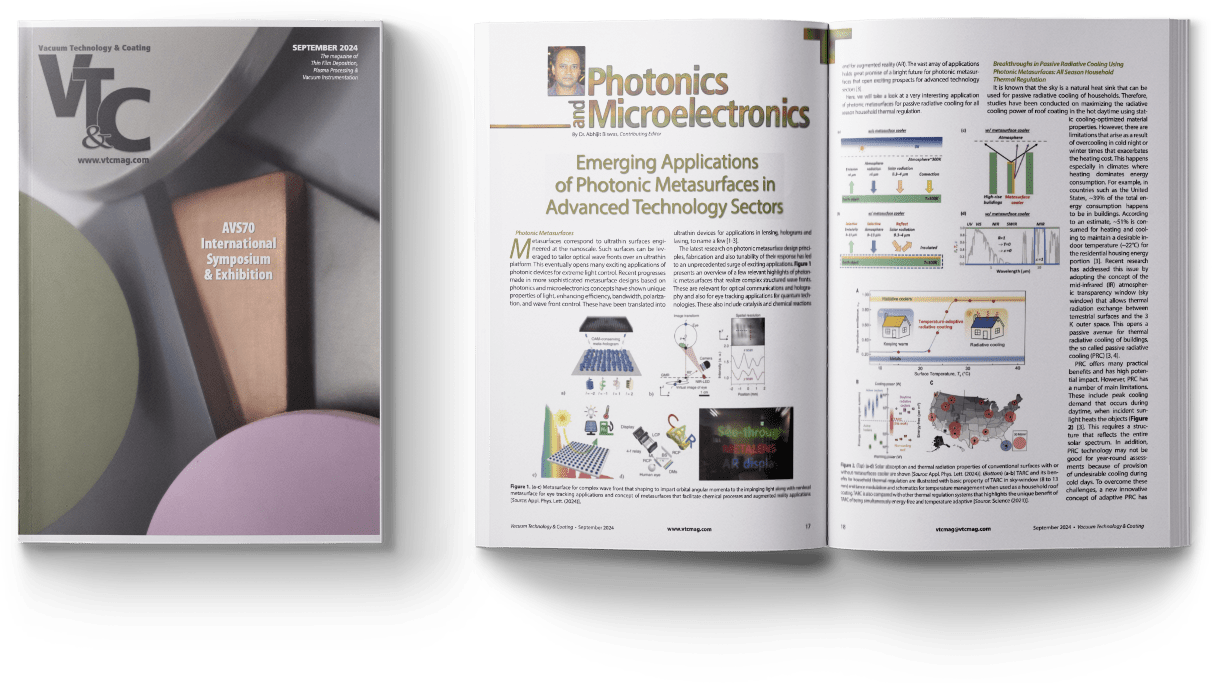
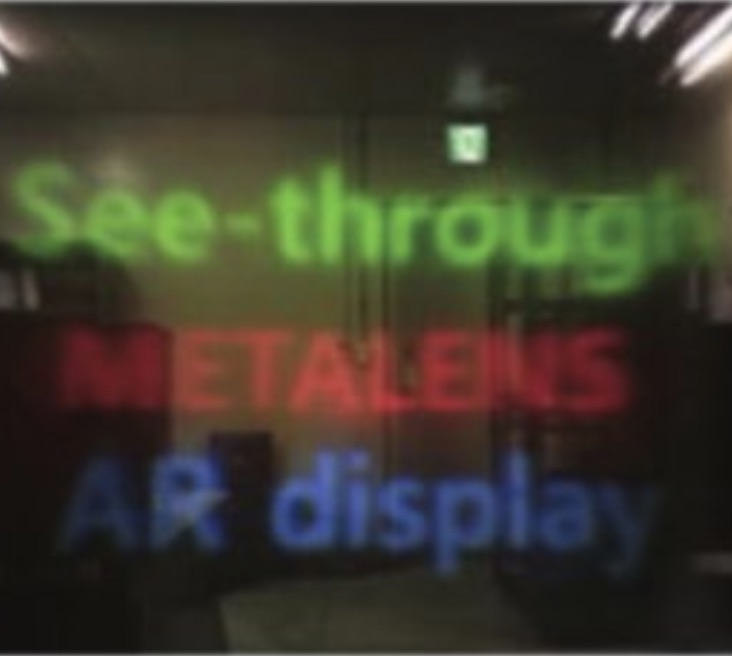
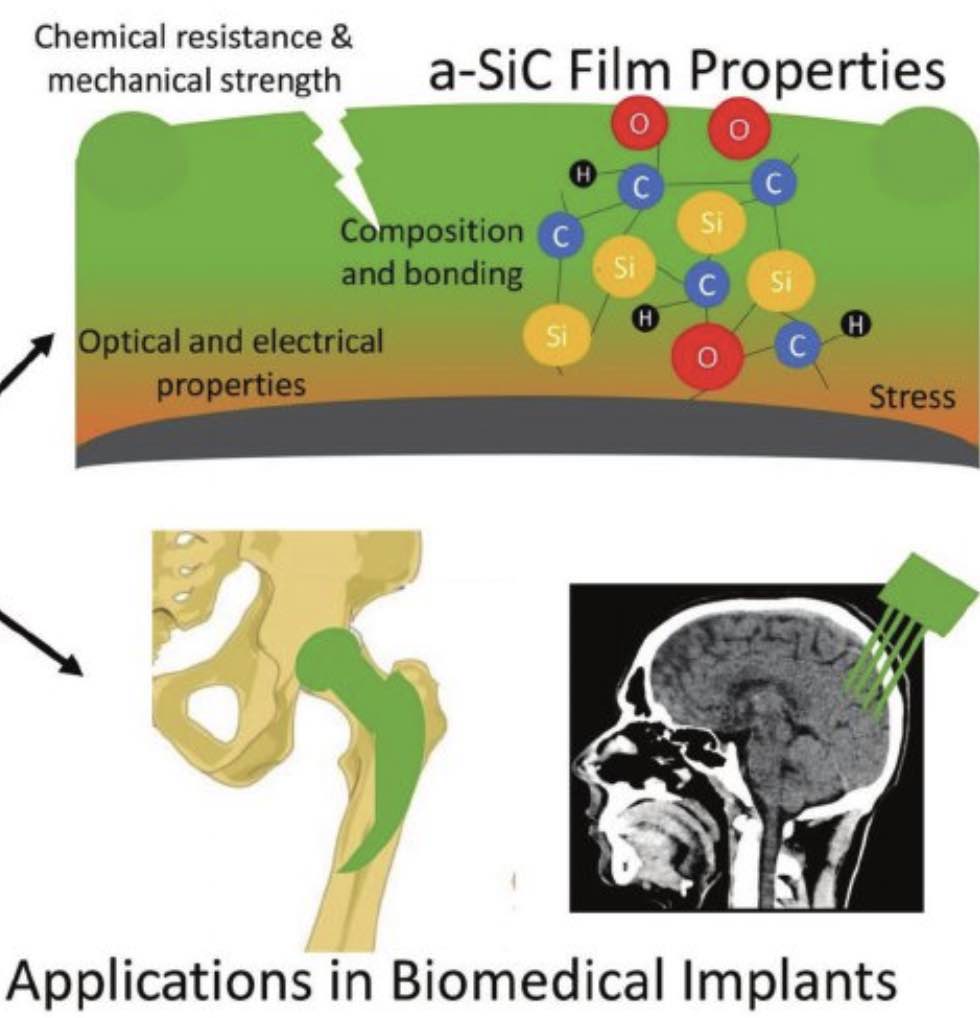
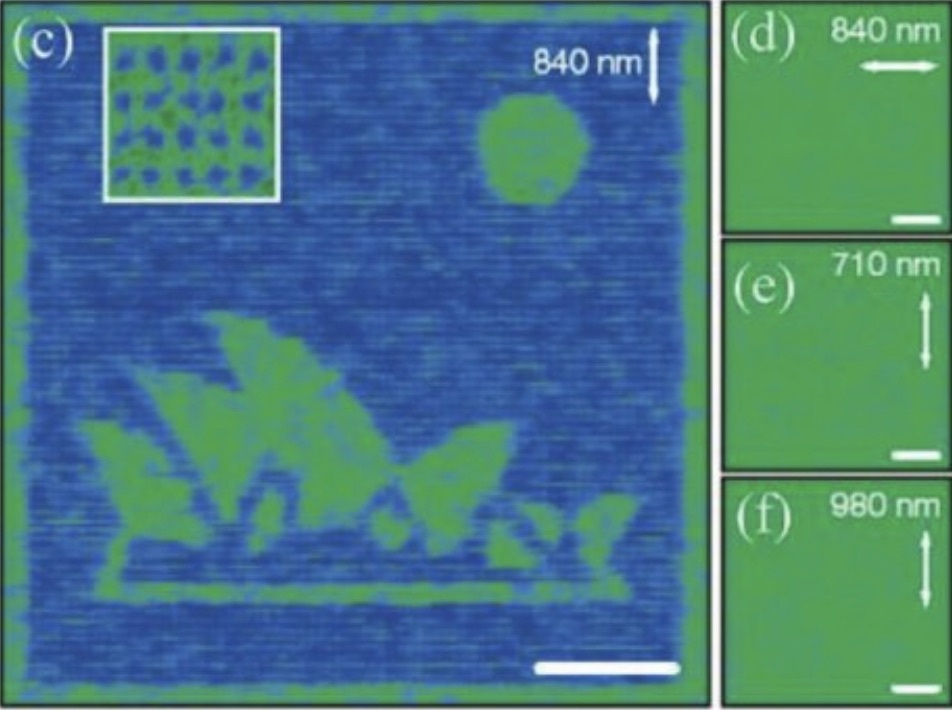
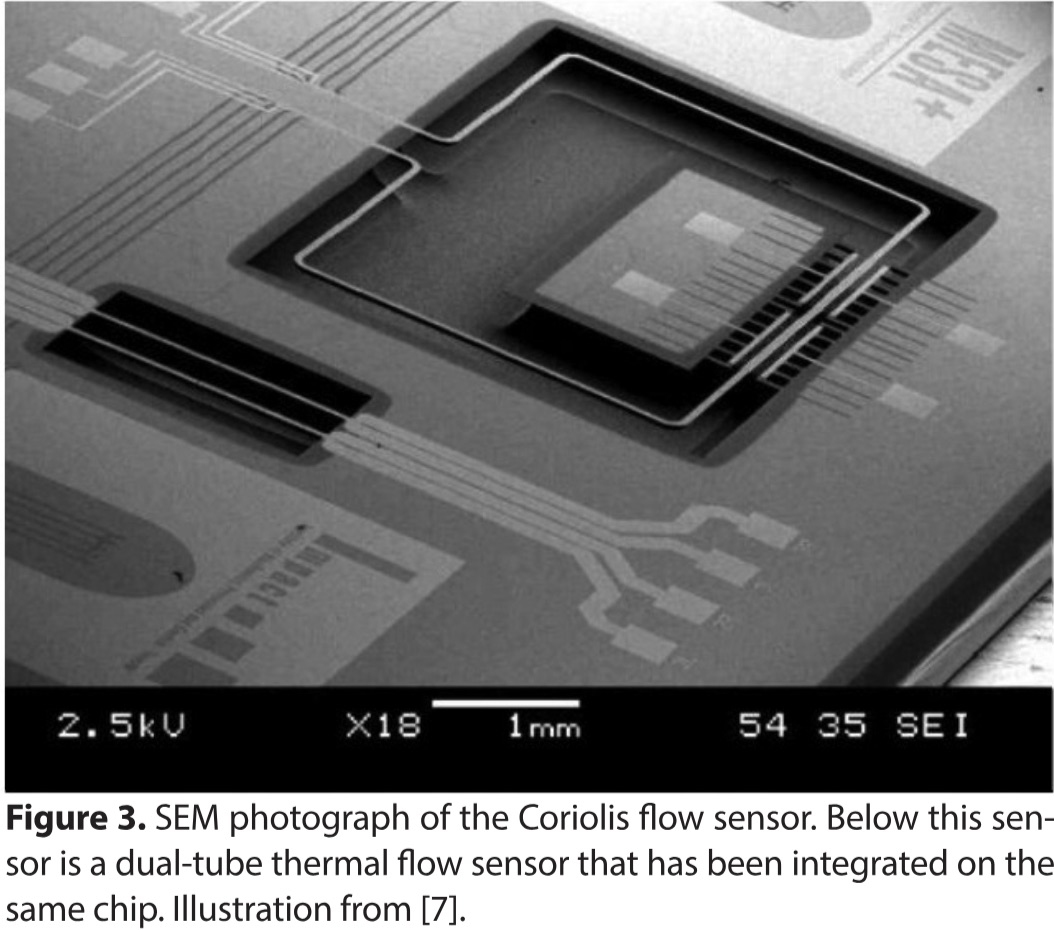
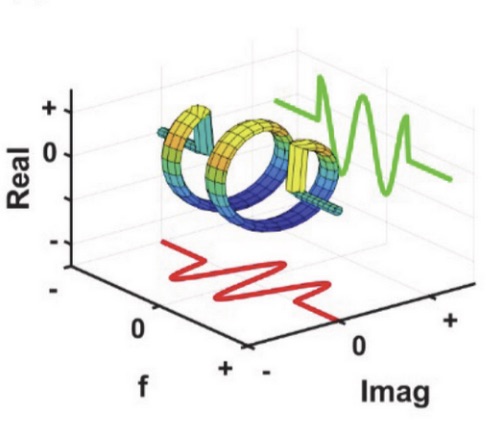
Thanks to advances in microchips, today’s smartphones are so powerful they would have been considered supercomputers in the early 1990s. But the rising ubiquity of artificial intelligence and the Internet of Things – the vast network of connected devices that have enabled everything from smart grids to smart homes – will require a new generation of microchips that not only outpace previous records of miniaturization and performance but are also more energy efficient than current technologies. As part of this effort, Berkeley Lab scientists are working to revolutionize the transistor, one of the fundamental components in computer microchips, for superior performance and energy efficiency. Recent work has shown the promise of new transistor materials that use an unusual property called negative capacitance to enable more efficient memory and logic devices. When a material has negative capacitance, it can store a greater amount of electrical charge at lower voltages, which is the opposite of what happens in conventional capacitive materials.
What are BUMAX Stainless Steel Bolts, and what makes them unique? BUMAX® manufactures unique stainless steel fasteners in various steel grades, providing optimal safety and reliability for the most demanding applications. These unique bolts offer magnetic permeability, corrosion resistance, mechanical strength, good ductility, extreme temperature resistance, superior fatigue resistance, and more.
Two Stage Rotary Vane Vacuum Pumps These rugged two-stage pumps include all the features needed — long life with minimal maintenance. A built-in anti-suckback valve isolates the pump from the process during power interruptions, and keeps oil out of your system. Gas ballast valves are incorporated for pumping water and other vapors that normally compress to saturation during the pumping process and contaminate the oil. These well ventilated, cool running pumps minimize oil backstreaming and thermal degradation, resulting in a lower cost of operation. The positive oil feed system affords optimal pump lubrication, allowing greater tolerance for oil level changes and the use of a variety of fluids to satisfy diverse applications. The design of the pump is well known, and the pumps can be maintained by pump repair organizations around the world.
Bimetallic Bonding for Ultrahigh Vacuum Over the past 16 years Atlas Technologies has concentrated in developing methods and processes specifically intended for bonding dissimilar metals for use in Ultrahigh Vacuum (UHV). The details of this process are proprietary, but the following report provides a working understanding of the process. Atlas has received patents on several applications of this technology… including the metal-seal Atlas CF™ flange and Atlas ATCR™ fitting.
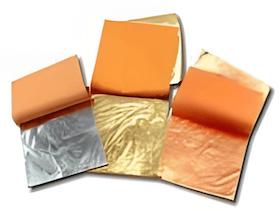
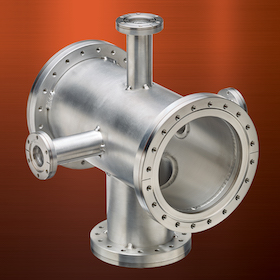
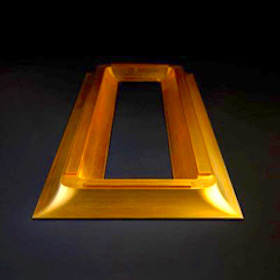
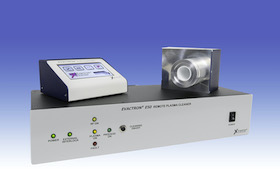
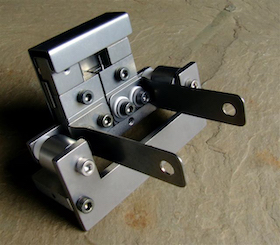
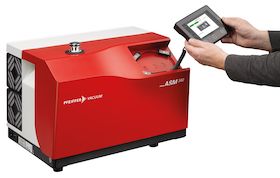

Since 2000 Vacuum Technology & Coating Magazine has been the industry's leading source for the latest articles, news, and product and service information. Below we describe some of the terms that you will find in a typical issue of VT&C.
Vacuum Coating (Vacuum Deposition and Thin Film Deposition) is the process of depositing a film or other material atom by atom or molecule by molecule onto a surface in a low pressure environment or vacuum.
Physical Vapor Deposition or PVD refers to vacuum deposition methods which involve the material (which is being deposited) going from a condensed phase to a vapor phase and then to a thin film condensed phase. Sputtering and evaporation are common PVD processes.
Sputtering refers to a type of process used to deposit thin films and employs a plasma to bombard and eject atoms from a target source.
Evaporation refers to the heated source material being evaporated in a vacuum. Vacuum allows vapor particles to travel directly to the target object, where they condense back to a solid state. (called a Deposition Source) refers to a type of process used to deposit thin films and employs a plasma to bombard and eject atoms from the target source (called a Deposition Source).
Vacuum Hardware refers to the types of hardware and components that are used in the vacuum process. There are many types of hardware used in this process, some examples are flanges, fittings, seals, valves, and chambers.
Thin Film Metrology involves determining the optimal thickness, composition and/or condition of a coating through various techniques and mathematical calculations.
Gas Analytical Systems are used in the analysis of residual gases within a low pressure environment or vacuum.
Vacuum Pumps are devices that remove gas atoms and molecules for the purpose of leaving behind a partial vacuum. Some examples of types of vacuum pumps are rotary vane pumps, diaphragm pumps, and scroll pumps.
Every issue of VT&C includes a product showcase focused on a specific topic relevant to Vacuum Processing, please see our editorial calendar which lists the topic for each issue.